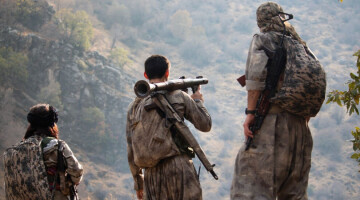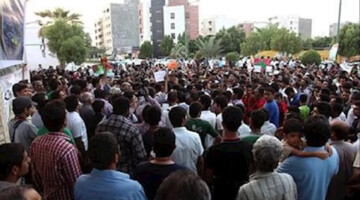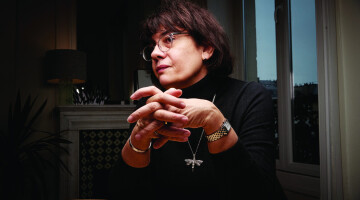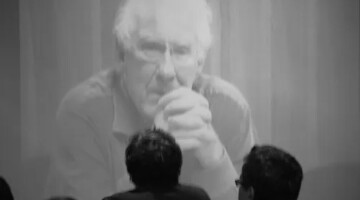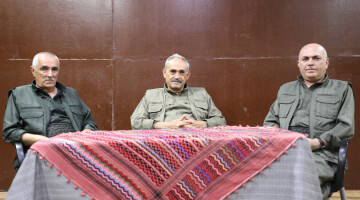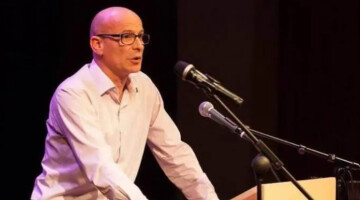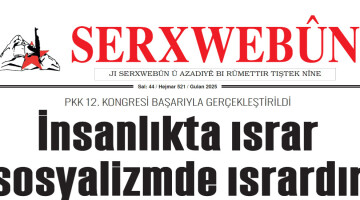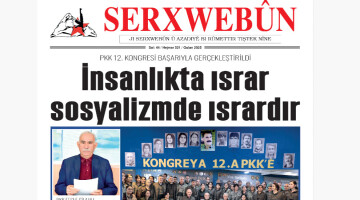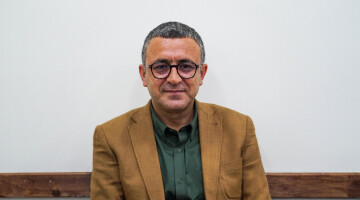The Kurdistan Free Life Party (PJAK) said in a statement that the establishment of the Kurdish Republic of Mahabad and the Autonomous Administration of Northern and Eastern Syria are historical steps.
PJAK emphasized that the ongoing 'Jin, Jiyan Azadi' rebellion in Iran and Rojhilat (Eastern Kurdistan) as well as the establishment of the Autonomous Administration of Northern and Eastern Syria are the achievements of the Kurdish Republic of Mahabad, which lives on 77 years after its establishment.
PJAK underlined that those who protect the heritage of the Kurdish Republic of Mahabad are fighting all over Kurdistan, and added: "The fire of rebellion in the hands of the youth has reached the top of the mountains in the streets."
The Republic of Mahabad
Towards the end of the Second World War, Iran was occupied by British and Soviet forces. In the largely Kurdish city of Mahahad, the gradual retreat of Iranian forces left an opportunity for Kurds, led by the charismatic Qazi Muhammad, to attempt Kurdish independence. In February 1945, confrontations between the remaining Iranian police and the Kurdish people of Mahabad resulted in the deaths of five policemen and one Kurdish civilian, and the complete withdrawal of the Iranian presence in the city. Qazi Muhammad, who had previously led the Democratic Party of Iranian Kurdistan, seized this moment and, on 22 January 1946, proclaimed an independent Kurdish Republic of Mahabad.
A year later, however, the Iranian central government crushed the socialist Kurdish republic, which fell on 15 December, 1946. The first ‘free Kurdish nation’ lasted for less than a year.
An Iranian military court, loyal to Iran’s Pahlavi dynasty, sentenced Qazi Muhammad to death by hanging. He was executed on 31 March 1947, in Chwarchira Square.



